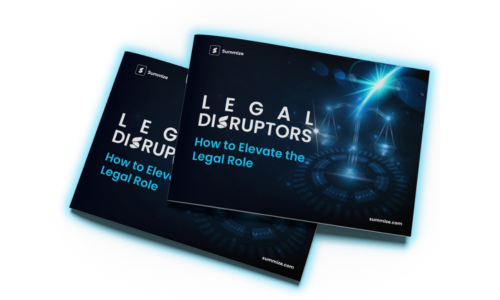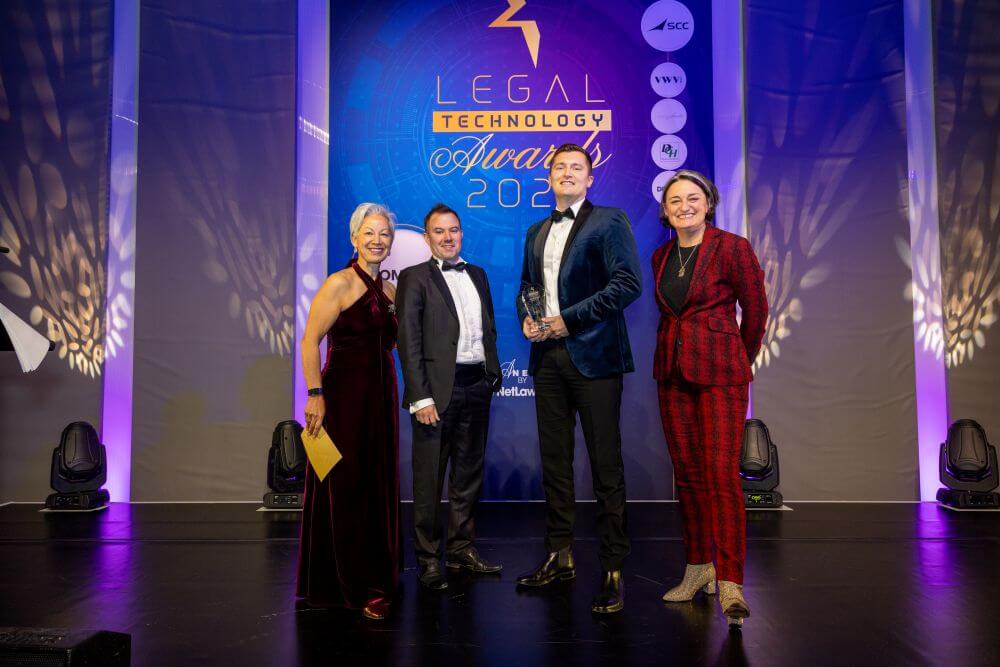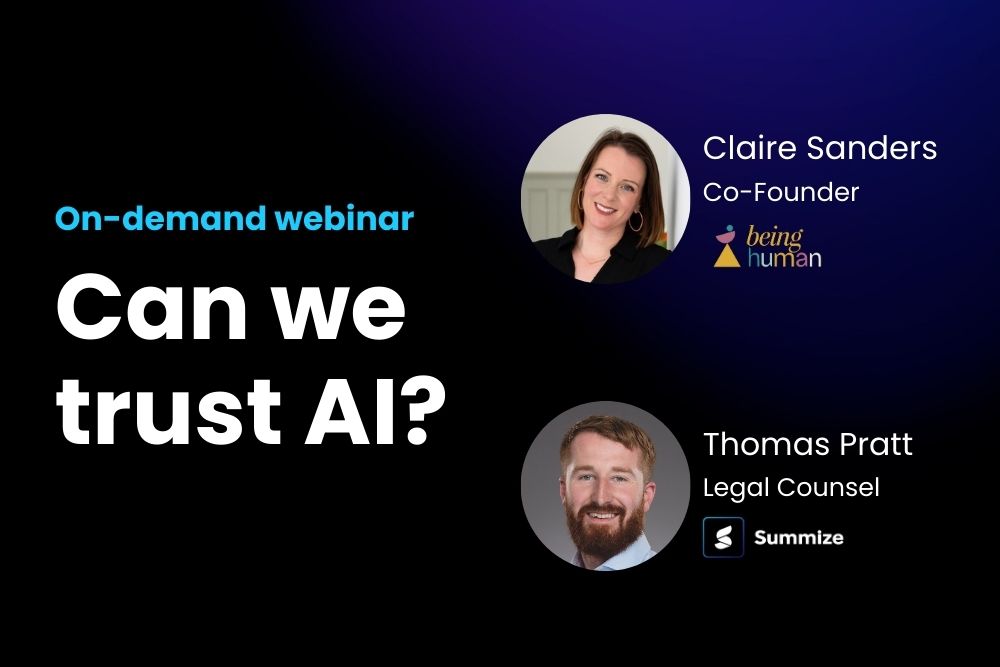Summize in conversation with Larry Lueck and Susan Roberts
Larry Lueck and Susan Roberts are part of the in-house legal team at Nsight, a leading telecommunications provider based in North-East America
September 1, 2023
December 3, 2025
Larry Lueck and Susan Roberts are part of the in-house legal team at Nsight, a leading telecommunications provider based in North-East America. Larry joined the team as In-House Counsel in 2001 before Susan joined the team in 2016.
The pair have extensive experience working with several Contract Lifecycle Management (CLM) providers before becoming Summize customers in 2023. In this episode, we talk about how they chose the right CLM solution, what has gone wrong, and the benefits they have seen using Summize.
Meet our guests
Susan Roberts has spent 40 years in the legal field, 30 of those as a paralegal. When she joined Nsight seven years ago, she discovered thousands of contracts stored across desks, filing cabinets, old systems and shared drives. What initially looked like 1,800 agreements quickly expanded into somewhere between 12,000 and 15,000 once everything was tracked down and digitalized.
Larry Lueck has been at Nsight for 32 years, becoming the company’s first in-house attorney after attending law school part-time while working full-time. Over the last twelve years as general counsel, he has significantly reduced outside counsel spend and brought structure to a fast-moving, operationally complex environment.
Nsight's life before CLM
Before introducing a proper CLM system, the team relied on manual tracking and scattered storage, which created many challenges. Renewal dates, notice periods and obligations were maintained in spreadsheets or email reminders, which created real exposure to missed deadlines. One turning point came when several retail leases renewed automatically, binding the company to additional years without any chance to renegotiate.
Another challenge was the reliance on external law firms to receive notices and communications. Even straightforward updates resulted in fees. Bringing these processes in-house created efficiency, but it also increased the pressure on the legal team to manage everything accurately.
Nsight's CLM journey
Nsight’s search for the right CLM solution was far from linear. Over the years, they implemented three separate systems, and each played a different role in shaping what they ultimately needed.
The first system: A basic starting point
The initial CLM worked mainly as a document repository. It centralized files but offered little automation or advanced reporting. It was helpful for getting started but didn’t meaningfully reduce workload.
The second system: A difficult experience
The second platform promised a great deal but delivered very little. Onboarding stretched to almost a full year, and the legal team had to keep paying the previous vendor while waiting for migration. Tasks were never imported despite repeated assurances, customer support was slow and unresponsive, and the system ultimately created more friction than it solved.
Susan and Larry describe this period openly: they believed what the vendor told them, and they regretted it.
The third system: Finding the right fit with Summize
When they eventually saw a Summize demo, both immediately felt the difference. The workflows were intuitive, the design matched the way they naturally worked, and the onboarding process was clear and hands-on. For the first time, both the day-to-day user (Susan) and the GC (Larry) felt confident in the solution.
Their decision came down to simplicity, reliability and a sense that Summize understood how lean legal teams operate.
The wins So far
Although they have only begun to explore everything Summize can do, they are already seeing meaningful benefits.
A few standouts include:
- Far clearer visibility into contract histories, governing laws and negotiation patterns
- Faster decision-making because the team can instantly benchmark what the company has accepted in the past
- A dramatic reduction in the fear of missed renewals or overlooked obligations
- Stronger support for internal teams who now view legal as a proactive partner rather than a last-minute safety net
Perhaps the biggest difference is time: processes that were once spread across multiple emails, spreadsheets and folders now sit in a single, easy-to-navigate space.
Advice for businesses evaluating CLM
Larry and Susan were generous with their hindsight. Their main advice for anyone beginning a CLM project includes:
- Identify your power user early - the person in the system every day must have a strong voice in the decision
- Know what you actually need, not what looks exciting in a demo
- Document every promise a vendor makes, especially around migration
- Don’t underestimate the time required to implement properly
- Avoid becoming enamored with bells and whistles that you will never use
They both stressed that selecting a CLM is as much about understanding your own processes as it is about choosing the right technology.
What comes next
Susan is particularly excited about expanding into automated contract generation, deeper collaboration with internal teams and participating in future Summize user communities. Larry sees significant opportunity to continue reducing risk and strengthening business alignment as more processes become centralized.
Although Nsight has already transformed how it manages contracts, both emphasize that they have only begun to tap into the platform’s full capability.
Explore even more success stories from businesses who have implemented Summize, in our Customer Stories Hub.
Discover even more!
Explore more about contracting and CLM in our ultimate contract guides








